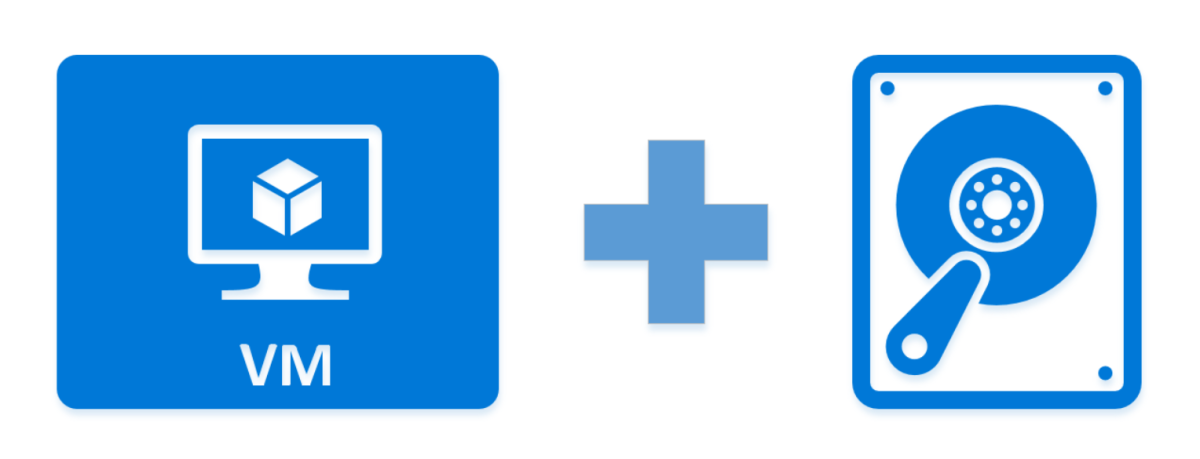

- #Virtualmachine cpp call filesystem how to#
- #Virtualmachine cpp call filesystem apk#
- #Virtualmachine cpp call filesystem install#
- #Virtualmachine cpp call filesystem for android#
- #Virtualmachine cpp call filesystem android#
#Virtualmachine cpp call filesystem android#
If we want to add C++ code in our Android project, it’s good to use CMake to handle build operations. While the security case is out of the scope of this post, however. You can use another project’s library or system library as well.īecause of this fact dynamic linking may cause vulnerability in your project. So you don’t need to distribute your project with the library code you use. On the other hand, a dynamically linked library is linked by the operating system at run time. Most open source libraries have been restricted to be used as dynamically linked.įrom a technical point of view, a statically linked library is linked to the project at build time by the compiler. Because the library you use might not have a suitable license to be statically linked. So be careful when you link a library to your project. The important thing: You can consider static linked libraries as a part of your code. So now it’s time to go a bit deeper as we discuss pure C++ stuff. There are two kinds of linking: dynamic and static. Those object codes are linked by a linker. When we have multiple libraries aimed to be linked to each other we have many object codes.

The resulting code is called object code. So, the real compilation yields an assembler file, not the executable. The compiler compiles our code to obtain an assembler file. The second one is the actual compilation step. Use g++ -E hello.cpp -o hello.ii in order to get the extended source code. I have a 40867 line file for a 4 line ‘hello world’. You can get the extended source by giving the -E flag to the g++ compiler. While you can get the final executable file using a command like the above, it’s possible to cut the build steps with related flags.

This source code contains a whole lot of code. h files) is turned into expanded source code by a preprocessor in the very first step. We now have to talk about the C++ build process. You’re only responsible for writing an interface which lets Java talk to C++. You don’t need to worry about this process. The ART will not reprocess it while it converts the ART-readable code into machine-readable code at the first time usage. So, if you use C++ code, it will be packaged as machine-readable code in your package. The C++ code is compiled directly to the real machine code by its compiler. What if you write an Android app using Java but there is some C++ code that is in contact with the Java? What’s the effect of that C++ code on your app’s build process or run time? Not too much. Then the ART converts that code to native code which can be read by the device itself. In sum, you write an app then compile it to binary code which is read by the ART.
#Virtualmachine cpp call filesystem install#
This enhances the install time of the app while reducing the battery usage. This means that the code isn’t compiled part by part at run time. When your app starts running for the first time, its code is compiled to machine code which can then be read by the real machine. I won’t introduce the old one, called Dalvik, as today most Android devices run a virtual machine called Android Run Time, ART - so that’s what we’ll talk about here.ĪRT is an ahead-of-time (AOT) virtual machine. Android has two kinds of virtual machines to run an app. You have an app, and when it starts running it’s read by a machine. This is the build process of an Android package in the simplest terms.
#Virtualmachine cpp call filesystem apk#
The final package - called an APK package - is the final app. This machine-readable file and some additional information about the app will be packaged together by a package manager. A compiler will yield a DEX file which then can be read by a virtual machine. When building a working app, you first compile those source codes together. You’re probably also going to use additional libraries and their related files in your project. and perhaps some AIDL files, which are Java interfaces that make processes talk to each other.some sort of resource files (like images or xml files for the arrangement of the GUI).
#Virtualmachine cpp call filesystem for android#
Now say that you write an application for Android using Java. You don’t need to know everything shown in the image above - but it’s a good reference. Because you need to know some basic internal stuff, this topic is somewhat technical. I would like to start by explaining the build process of an app in Android. If you would like to get the presentation, it’s available on my drive. Now that I’m a PhD candidate and have a bit more time, I’m putting the post down here. I have been planning to share that talk here ever since. Last year I gave a talk at the GDG DevFest in Ankara, Turkey.
#Virtualmachine cpp call filesystem how to#
By Onur Tuna How to start using C++ code in your Android project


 0 kommentar(er)
0 kommentar(er)
